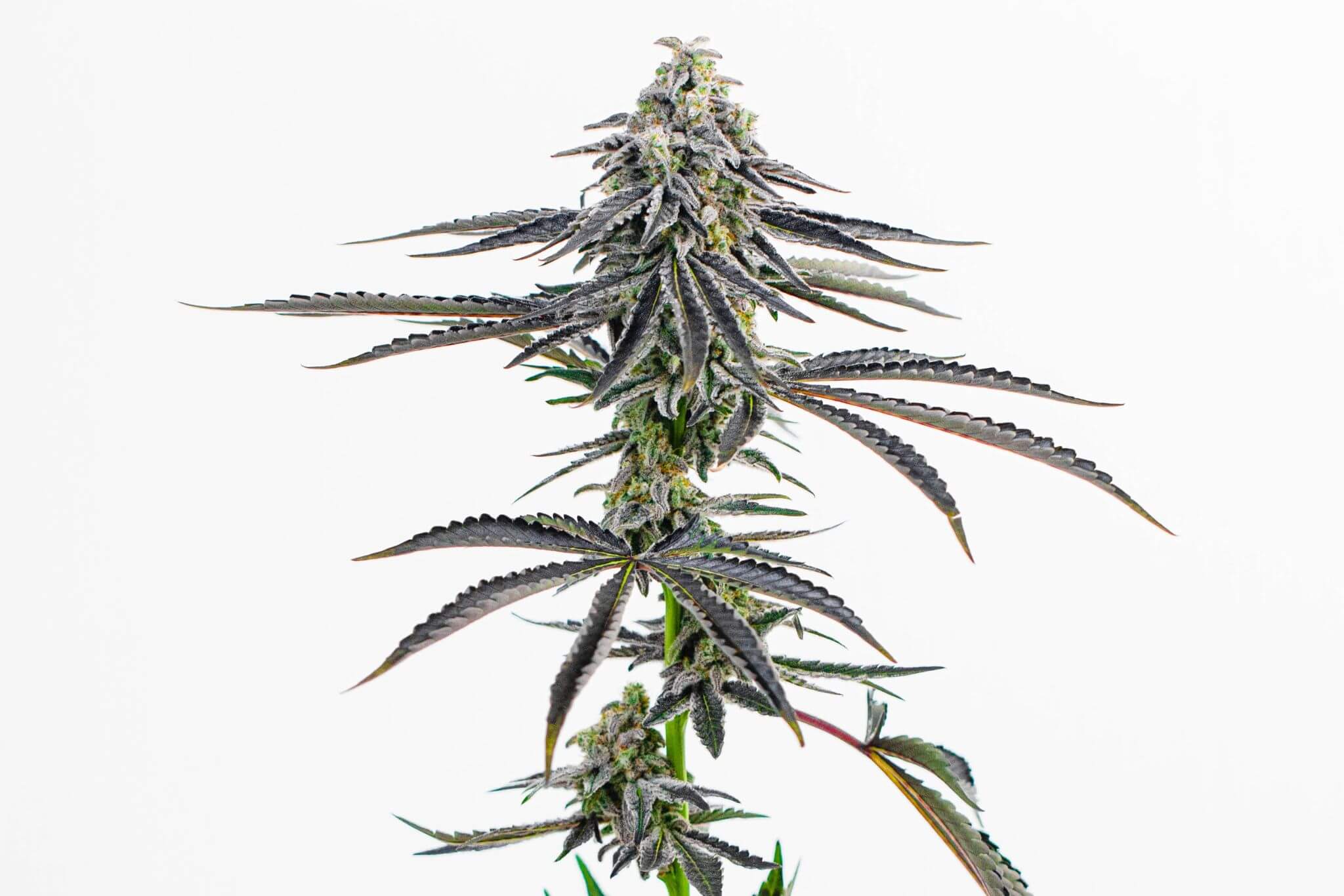
For far too long, cannabis prohibition and its outdated status as a Schedule I substance have unduly harmed countless individuals affected by the failed War on Drugs and prevented critical research of its seemingly unlimited therapeutic potential.
Finally, change is underway.
In 2022, President Joe Biden directed the U.S. Department of Health and Human Services (HHS) to conduct a review of the cannabis plant as it relates to its current scheduling with the Drug Enforcement Agency (DEA). And the results are in: The HHS recommended that cannabis be rescheduled to a Schedule III substance, a remarkable milestone for the industry at large in a memo sent to the DEA.
So, what’s next? And why is this important?
Why this is a milestone
By moving marijuana from the highest possible schedule to III would have a cascading effect. It would mitigate unjust imprisonment for the plant, potentially paving the way for criminal justice reform at scale. Plant research would become more feasible, eliminating researchers’ need to register with the DEA to conduct studies. And it would help eliminate a barrier to access, the long-held stigma against the plant, one established by the War on Drugs and its fear-mongering.
We at Verano are incredibly excited to hear the news that the Department of Health and Human Services is calling for the rescheduling of cannabis to schedule III. For far too long, cannabis prohibition and its outdated status as a Schedule I substance have unduly harmed countless individuals affected by the failed War on Drugs. As one of the nation’s fastest-growing industries employing half a million people and contributing hundreds of millions of dollars to local communities, states and economies every year, Verano is energized by the opportunity to reach its full potential and provide additional economic and social impact across the U.S.
George Archos, Verano Founder and CEO
What does rescheduling cannabis to Schedule III mean?
The Controlled Substances Act (CSA) and drug scheduling were enacted as part of the broader “War on Drugs” effort in the United States. The CSA was a significant legislative step taken during this era to regulate and control the distribution and use of various drugs, with the goal of targeting those with potential for abuse.
The CSA replaced previous drug laws and consolidated them into a single comprehensive statute. It classified controlled substances into different schedules based on their potential for abuse and medical uses. This approach was intended to provide a systematic framework for law enforcement, medical professionals, and regulatory agencies to address drug-related issues more effectively.
The implementation and impact of the War on Drugs is being looked at through a new lens, in question of its effectiveness, equity, and unintended consequences – particularly as it relates to cannabis.
The scheduling system is defined as:
Schedule I: drugs with a high potential for abuse and lack accepted medical use in treatment. These substances are considered the most dangerous and tightly controlled and include heroin, LSD, MDMA, and – as of now – cannabis (under federal law).
Schedule II: drugs with a high potential for abuse but may have accepted medical uses with severe restrictions. They can lead to severe physical or psychological dependence, and include morphine, oxycodone, fentanyl, Adderall, and cocaine.
Schedule III: drugs with a moderate to low potential for abuse and currently accepted medical uses. They may lead to moderate physical dependence or high psychological dependence, which include ketamine, anabolic steroids, and certain barbiturates.
Schedule IV: drugs with a lower potential for abuse compared to previous schedules and are accepted for medical use. They may lead to limited physical or psychological dependence, and include Xanax, Valium, Ativan, and Tramadol.
Schedule V: drugs with a lower potential for abuse than Schedule IV drugs and have widely accepted medical uses. They may lead to limited dependence, both physical and psychological. Examples include cough preparations with less than 200 milligrams of codeine per 100 milliliters or per 100 grams (Robitussin AC), and certain anti-diarrheal medications.
Will the DEA reschedule cannabis to Schedule III?
The HHS has done its part, a thorough scientific analysis of the plant. Its recommendation has been disclosed to the DEA, but it is just that – a recommendation.
What’s next is awaiting the DEA’s response and, hopefully, announcement in confirmation of the HHS’s data-driven findings. Until then, we should pause in celebration of this milestone, of this acknowledgement of what we all know and truly believe in – the unlimited potential of the cannabis plant.
It would be hard to overstate the significance of this development. Regardless of your view on rescheduling versus descheduling, or what transpires as a result of the recommendation, for the first time in over 100 years the Federal government has recognized the medical benefits of cannabis. In a world where momentum is everything, the ball is finally rolling, and it’s rolling downhill.
Darren Weiss, Verano President